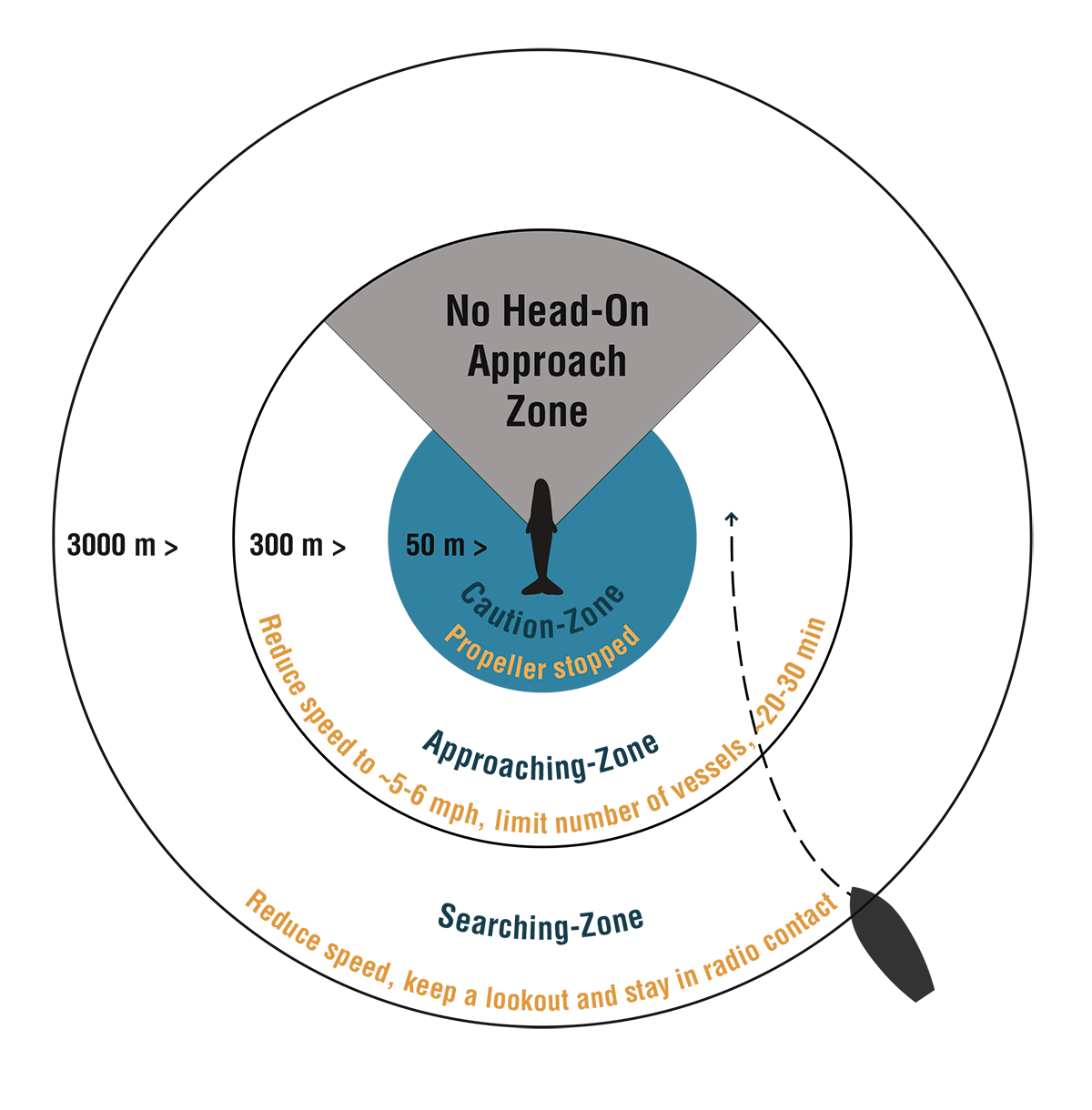Code of Conduct for Whale Watching
We have to remember that whales are wild animals and to be able to enjoy them in the future we need to be patient and show them respect. We will try to get you close but how close we get is always on the animal’s terms as we aim to minimise disturbance. This is a Code of Conduct we aim to abide by, however, there are many variables to consider when out at sea, such as the weather, number of whales, prey availability, if there are calves present, animal behaviour and so on and so forth.

